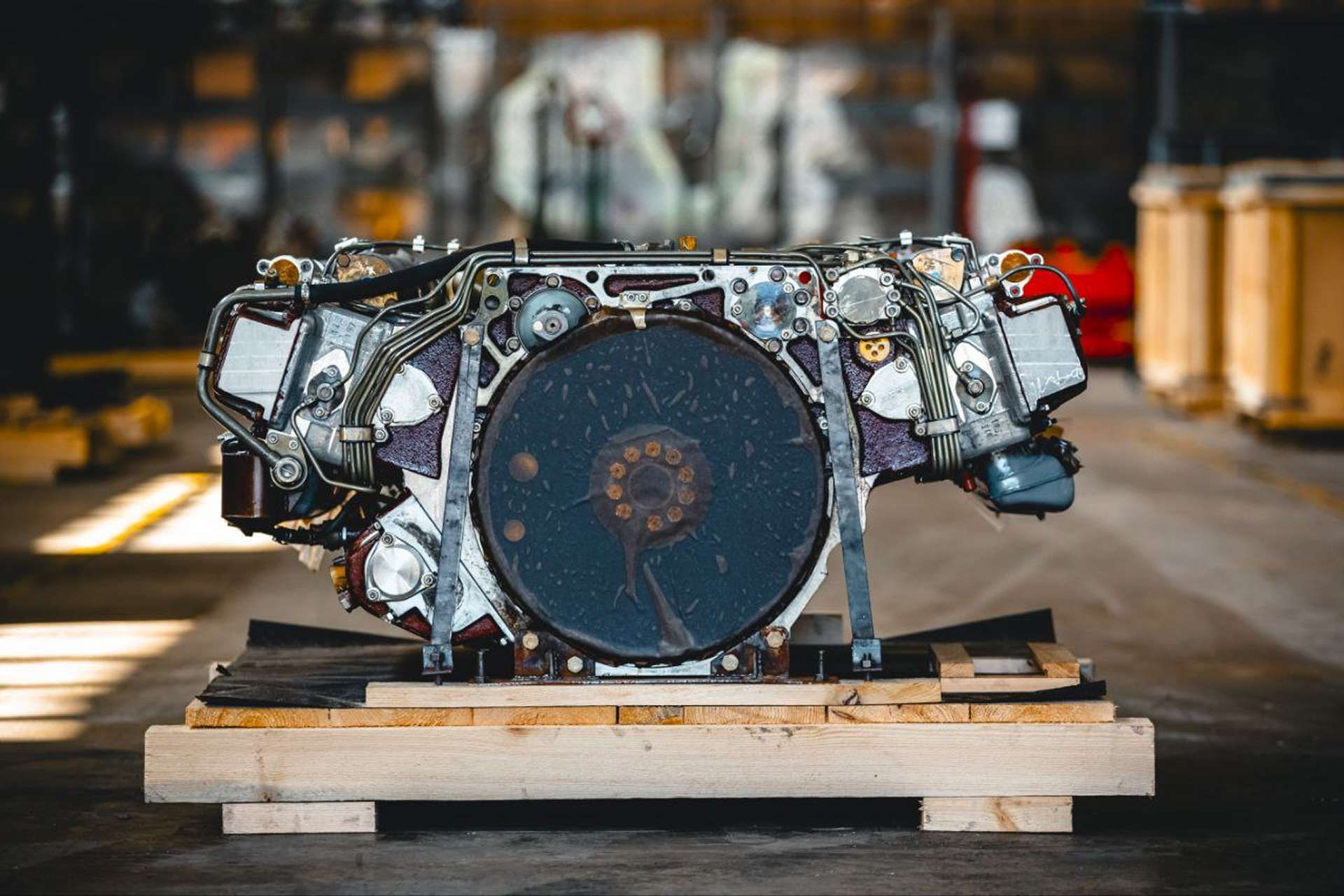Breaking News
Rostec Increases BMP Engine Production by 50%.
The High-Precision Systems holding of the Russian state-owned company Rostec has announced a 50% increase in the production of engines for infantry fighting vehicles (BMP) during the first seven months of 2024 compared to the same period in 2023. This growth was made possible through a modernization program at the Barnaultransmash plant, carried out with the support of the Ministry of Industry and Trade of the Russian Federation and Rostec.
Follow Army Recognition on Google News at this link

BMP Engine Production in a Russian factory. (Picture source: Rostec)
To achieve this increase in production, the company implemented new equipment and expanded its workforce by nearly 1.5 times. The program also allowed for enhanced social support for employees and a substantial 60% increase in the wage fund.
"Rostec produces a wide range of armored vehicles, including advanced infantry fighting vehicles such as the BMP-3 equipped with additional protection kits and the modernized BMP-2 with the Berezhok combat module. These vehicles have proven highly effective in combat situations. The modernization of our production facilities allows us to meet the growing demand from the armed forces and fulfill the requirements of the national defense order," stated Rostec.
As part of the production expansion, the company has introduced additional training and professional development courses for its personnel. New and young employees benefit from individualized career paths, while experienced specialists participate in rotation programs between the company's various divisions, thereby enhancing their skills and the quality of the products.
The BMPs (Boyevaya Mashina Pekhoty, in Russian) are infantry fighting vehicles (IFVs) developed by the Soviet Union in the 1960s and used by numerous armies worldwide, especially those in the former Eastern Bloc. They were designed to transport infantry troops onto the battlefield while providing direct fire support. The concept of the BMP is based on the idea of an armored vehicle capable of keeping pace with combat tanks, protecting its crew from light weapons and shell fragments, and delivering sufficient firepower to engage infantry and enemy light vehicles.
The first model, the BMP-1, was introduced in the 1960s and was revolutionary for its time. It combined high mobility, armored protection, and powerful armament, including a 73 mm cannon and anti-tank missiles. It could transport a full squad of soldiers while offering them the ability to fire through openings in the vehicle's armor. The BMP-2, an improved version, was developed in the 1980s, featuring a turret equipped with a 30 mm cannon, enhancing its ability to engage a wider range of targets. Since then, the concept has been further developed into numerous models, including the BMP-3, equipped with even more powerful armament, notably a 100 mm cannon coupled with a 30 mm automatic cannon, significantly strengthening its battlefield capabilities.
BMPs are designed to actively participate in combat alongside tanks, offering not only a secure means of transport for infantry but also crucial fire support. Their role has evolved over time, especially in modern conflicts where asymmetric threats and urban warfare have introduced new requirements for protection and mobility. Many countries, including Russia, continue to upgrade existing BMPs, reinforcing their armor, weapon systems, and mobility to adapt them to the current needs of the armed forces.
"In the current labor market, it is essential to retain professional expertise and develop young talent. We focus on creating comfortable workplaces, supporting employees' health and fitness, improving housing conditions, and providing opportunities for additional qualifications and specialized training. We also ensure that young employees have the chance to demonstrate their skills, supported by mentors and experts," stated Tatyana Malyutina, Director of the Human Resources Department at JSC Barnaultransmash.


























